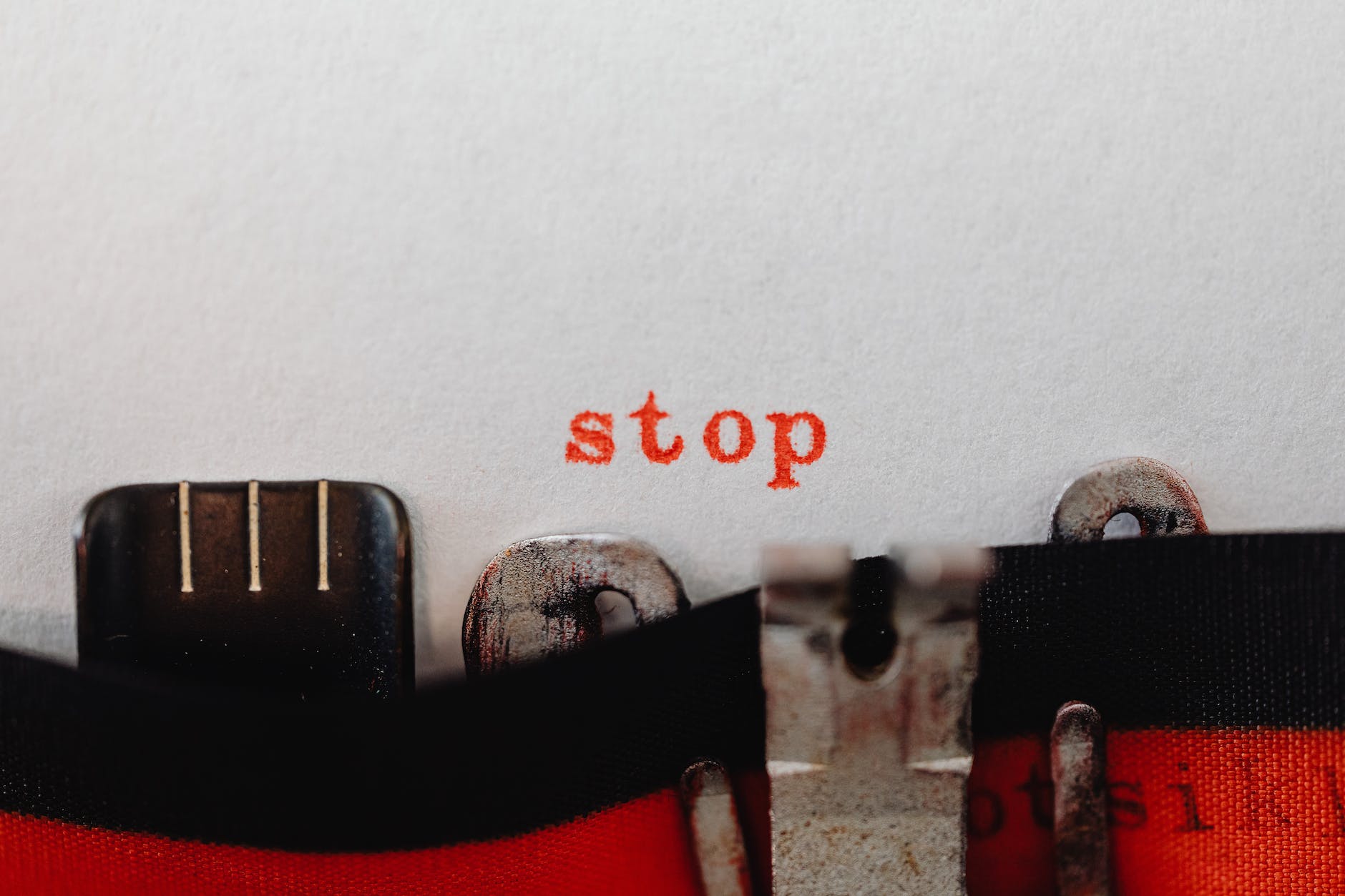Assertiveness for Quiet Introverts

Before diving in, please note: This post is for informational purposes only. If you’d like to know more about how we approach topics, feel free to check out our friendly Disclaimer Page.
Hey there, amazing readers! 🖐️ Just a quick note: yes, we know there are a lot of ads here. Trust us, we get it—it’s not the prettiest look, but they help us keep this blog alive and kicking. Those pesky little ads cover the costs of all the behind-the-scenes magic, from hosting and tech stuff to creating content we hope you’ll love.
We’re committed to delivering quality posts, and your support (even just sticking around despite the ads) means everything to us. So, bear with us, and thanks for helping us keep the good vibes rolling. Now, on to the fun stuff! 😉
TRANSLATE BUTTON AT THE END OF THE ARTICLE
We’ve been the ones standing around gawking.
The doormats The weaklings who are all talk and no action.
We introverts have lots of practice being the ones in social settings who are not heard, who do not participate, and who do not exert themselves.
But just as there is no one-to-one correlation between being shy and being introverted, there is also no one-to-one correlation between being introverted and being an unassertive person by nature.
The fact that we are naturally reserved and quiet means, however, that we are generally cautious, reluctant to speak, and passive, which typically results in a lack of personal assertiveness.
Our temperaments may assist in enhancing our degrees of passivity or passive-aggression, but if we are not self-aware, this can happen.
On the one hand, if we don’t know how to be forceful, we put ourselves at danger of being bullied or otherwise used by others.
On the other hand, if we are unable to engage in healthy assertive behavior, we run the risk of falling into the trap of being reactively passive-aggressive in our behavior.
In any case, learning to be quiet assertive is a useful life skill that will significantly improve practically every aspect of your life.
This is especially true for the majority of powerful introverts.
I am an introvert, so it should come as no surprise that I am familiar with both passivity and passive aggressiveness.
In recent years, after doing studies on the lives of people who softly express themselves as introverts and practicing quiet assertiveness on my own, I have come across some of the greatest and most helpful advice.
Examine the following list for some of the ways you may control, alt, and delete the lack of assertiveness from your life.
Please don’t act in such a manner… Unless you want me to have to castrate you.
“What strategies can I use to manage conflict?”
The prospect of having to deal with conflict is not only intimidating for many reserved, introverted, and solitary personalities, but it is also fundamentally our greatest irrational dread.
We go to great lengths to avoid it, and when it does arise, we are completely at a loss as to how to deal with it.
This may be because we have so little experience with it since we try so hard to avoid it.
I’m hardly the best example of how to resolve a disagreement in a healthy way; in fact, I’ve shed lots of tears, engaged in a lot of passive-aggressive behavior, and embarrassed myself into stone silence.
However, in my opinion, the most intelligent way to approach a confrontation is to adopt the peaceful technique of passive resistance.
This is true not just for introverts but also for extroverts.
It is possible to credit the Indian political leader and well-known introvert Mahatma Ghandi for the contemporary practice of passive resistance, also known as peaceful resistance.
This kind of activism is responsible for a significant portion of the lobbying, picketing, and boycotting that takes place around the globe today, as well as the production of protest music.
It is also possible to credit it to the well-known conduct of American black lady Rosa Parks, whose modest assertiveness and passive resistance resulted in her refusal, in December of 1955, to have a seat on the “black side” of a bus.
The question now is, what are the characteristics of passive resistance?
When Engaging in Passive Resistance, What to Do and What Not to Do
Avoid jumping to conclusions.
It is inappropriate to use accusatory or passionate words.
It is inappropriate to yell or have an angry tone of voice.
You are not allowed to use any sort of blackmail, including verbal or physical threats, at any time.
It is inappropriate to use demeaning words of a personal nature or to abuse someone verbally.
Do not undermine the situation in any way with your emotions.
Start your journey to a "Purpose-Driven Life" – click here to learn more.

Avoid engaging in any kind of psychological manipulation.
Don’t resort to any kind of physical violence.
To put it into perspective…
Do be attentive.
Do your best to maintain mental and emotional composure.
Do act with elegance and self-assurance.
Do utilize language that calls into question the individual’s actions rather than the person themselves.
You have to be able to differentiate between them and the activities that they do, and you can’t just label all of them as the offspring of Satan.
For example, the phrases “I don’t like the words you just used—they’re improper” and “I don’t enjoy the way your conduct just impacted me” are both excellent examples of effective forms of positive passive resistance.
Make sure to use words and body language that promote politeness, inquiry, and negotiation.
Do use language that makes it very obvious that the reality of the situation to the individual is in stark contrast to your interpretation of the scenario.
Example: “The way I interpreted what happened at lunch was that you and Samantha didn’t like my personality.
Is that accurate? “When you made those comments, I felt as if you were assaulting me personally.
Is that correct? “, and “Is that accurate?” Is it an accurate statement?
If the other person becomes too verbally (or even physically) abusive, you should remove yourself from the situation immediately.
Explain to them that you won’t be able to speak to them right now and that you aren’t interested in the aggressive behavior they are displaying.
I have something important to say… but I feel like puking…
Being an introvert who is locked in the usual patterns of passivity and passive-aggression may make it difficult to be softly forceful.
This can be a nerve-wracking experience.
On the other hand, if you are ready to beat your fear and get things moving, the following suggestions can be helpful:
1.
When you find yourself in a challenging circumstance, bring your awareness to your actions as well as the thought patterns that go through your head (i.e., when you believe that you are capable of becoming more subtly aggressive).
2.
Consider some of the arguments presented in the next paragraph.
Be very certain that you have a solid understanding of both your legal rights and the myriad of mental snares that may be holding you back.
3.
Resolve to alter your attitude to at least one challenging circumstance each and every day.
This should be your daily aim.
You may begin by asking a question, expressing your opinions in a few concise sentences, or requesting anything that you need in a kind manner.
4.
When you feel more comfortable and have adjusted to these very small adjustments, try addressing 2, 3, 4, and 5 more circumstances in a new way each day.
Do not hurry, and do not put undue pressure on yourself.
5.
Once you have reached a point where you are content with your degree of being quietly assertive, you may then approach certain situations in which there is disagreement.
Begin from the beginning, from square one.
You may engage in passive resistance by, for example, asserting your right to be spoken to in an appropriate manner.
Alternately, you could just walk away as a kind of quiet protest.
6.
Once you have accomplished a few simple tasks, you are ready to go on to the next level, which is to begin questioning, complaining, and bargaining.
Keep in mind that experiencing fear or trepidation is normal and acceptable.
Keep in mind, though, that if you are persistent, patient, and courageous enough, your jitters will calm down and you will find that quiet assertiveness comes naturally to you.
Things That are Essential to Understanding
I’m foolish, unworthy… and I am a stench. “
Unfortunately, many introverts have inaccurate assumptions about both themselves and other people, which makes it hard for them to express themselves in social situations.
I have suffered for a long time with poor self-image since I am an introverted person who is timid.
I have had the sensation that I was inferior to the people who talked to me and that I was more ignorant than they were.
Due to the fact that this meant that it was almost difficult for me to be quietly aggressive due to the mental hurdles in my way, this result meant that:
But I’ve picked up a few key insights through the course of time, experience, and conscious reflection:
First, have an understanding of… then you may try using quiet assertiveness.
Nobody can exert influence on you until you give them permission to do so.
When you become aware of your thoughts and behaviors, it is you who is in control of your mind and your responses.
If you allow someone to intimidate you, that person will have power over you because you have given them that authority by allowing them to intimidate you.
Your viewpoint deserves equal consideration to that of anybody else’s.
Your mental and emotional health is of the utmost importance, just like that of everyone else.
Unless you voluntarily submit yourself to someone else’s authority, no one can make you their slave.
You are among equals.
Having low levels of confidence and self-esteem may lead to a lack of assertiveness in a person.
Having low levels of confidence and self-esteem go hand in hand with the mental traps of forming assumptions, having negative views, establishing comparisons, having detrimental expectations, and setting standards that are unattainable.
Examples of such statements are “Everyone should always like me” and “I’m silent because I have nothing to say, therefore I’m dumb.”
You’ll get the self-assurance you need to become subtly aggressive if you challenge the mental roadblocks that are contributing to your poor self-esteem.
***
The realization that you are not helpless or a hopeless cause is perhaps one of the most important things that you may come to terms with.
You have the ability to select both how you behave and the mental concepts that you take on board in your life.
Nobody can take away from you the capability of being subtly forceful, and you should never let anybody try.
Latest Posts

The Enlightenment Journey is a remarkable collection of writings authored by a distinguished group of experts in the fields of spirituality, new age, and esoteric knowledge.
This anthology features a diverse assembly of well-experienced authors who bring their profound insights and credible perspectives to the forefront.
Each contributor possesses a wealth of knowledge and wisdom, making them authorities in their respective domains.
Together, they offer readers a transformative journey into the realms of spiritual growth, self-discovery, and esoteric enlightenment.
The Enlightenment Journey is a testament to the collective expertise of these luminaries, providing readers with a rich tapestry of ideas and information to illuminate their spiritual path.
Our Diverse Expertise 🌟
While our primary focus is on spirituality and esotericism, we are equally passionate about exploring a wide range of other topics and niches 🌍📚. Our experienced team is dedicated to delivering high-quality, informative content across various subjects ✨.
To ensure we provide the most accurate and valuable insights, we collaborate with trusted experts in their respective domains 🧑🏫👩🏫. This allows us to offer well-rounded perspectives and knowledge to our readers.
Our blog originally focused on spirituality and metaphysics, but we’ve since expanded to cover a wide range of niches. Don’t worry—we continue to publish a lot of articles on spirituality! Frequently visit our blog to explore our diverse content and stay tuned for more insightful reads.






